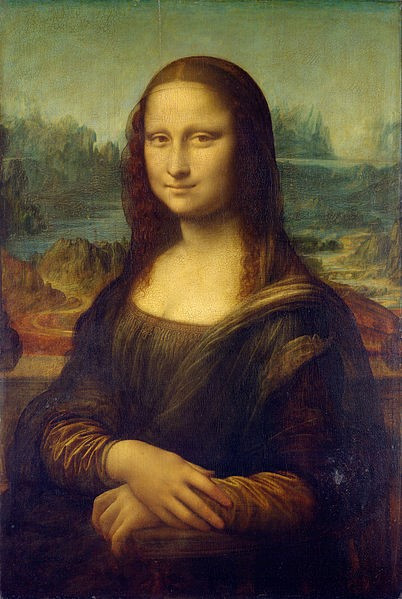Mona Lisa was a Feminist: Has Enigma of da Vinci's Masterpiece Finally been Solved?

Mona Lisa, the subject of arguably the most talked-about art piece in the world, was a feminist the virtue of which reflects in her enigmatic smile, claims an amateur historian.
In a newly published book titled, The Lady Speaks: Uncovering the Secrets of the Mona Lisa, the American academician says that Mona Lisa, the subject of Leonardo da Vinci's sixteenth century painting, was an activist favouring greater role for women in the Catholic Church.
She supported the belief that female should be allowed to become priests.
"La Gioconda (the Italian name of Mona Lisa) could be a grand statement for women's rights," writes academician William Varvel in the book, according to Mail Online.
According to Varvel, da Vinci painted every verse of the final chapter of Old Testament's book of Zechariah, which predict a society where men and women are treated equal.
He said that Mona Lisa's mysterious smile reflects nothing but the idea of an equal society.
Leonardo da Vinci painted the verses "in order to state that women's rights to the priesthood should be recognised" as for him the idea of the ideal society "was based upon a universal recognition of both men and women of the laity to have recognised rights of the priesthood of Jesus Christ," Varvel said.
"This perception is the secret that her smile reflects," he added contradicting previous claims by historians that the woman's smile in the painting reflected that she had either recently given birth or was expecting.
Varvel insists that the objects in the backdrop of the masterpiece painting support his claims.
"Calvary, the place where Jesus was crucified, rises from behind the Mona Lisa's right shoulder, while the Mount of Olives, from where he ascended to heaven, is on the other side. And the folds on the arms of the woman's robe suggest a yoke - a reference to women's oppression," he said.
The woman in the painting Mona Lisa is widely believed to be Lisa Gherardini, wife of a silk merchant in Florence. She is believed to have died in 1542 and was buried at a Florentine convent.
Leonardo da Vinci completed the painting, which is on permanent display at the Musée du Louvre in Paris, in the early 16th century. The painting was stolen in 1911, since when there have been several speculations about the portrait and its subject, including the smile, the posture and the eyes.
© Copyright IBTimes 2025. All rights reserved.






















